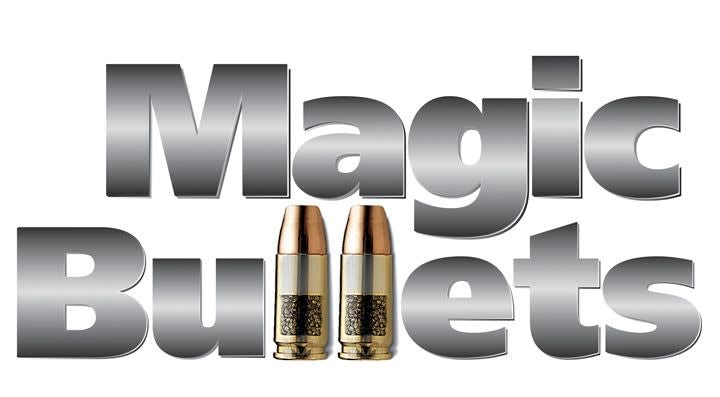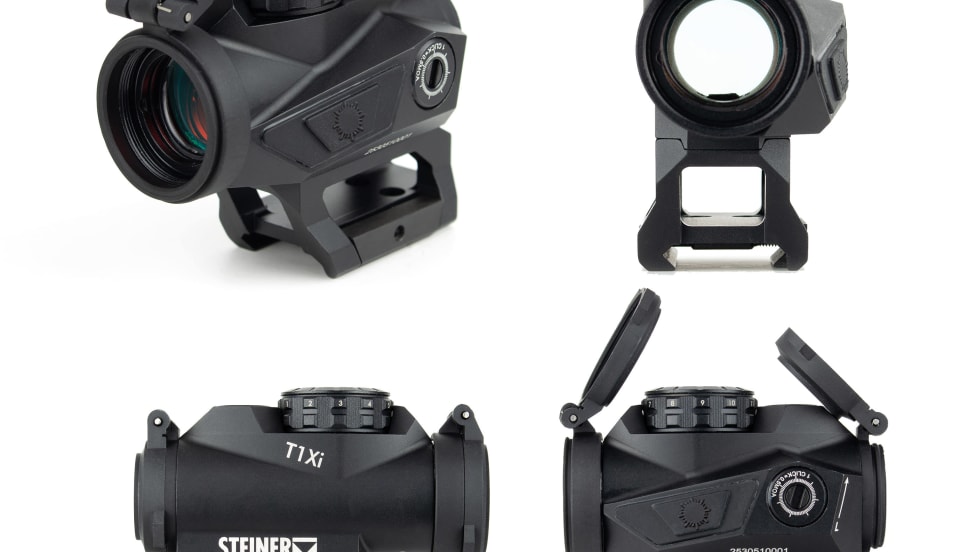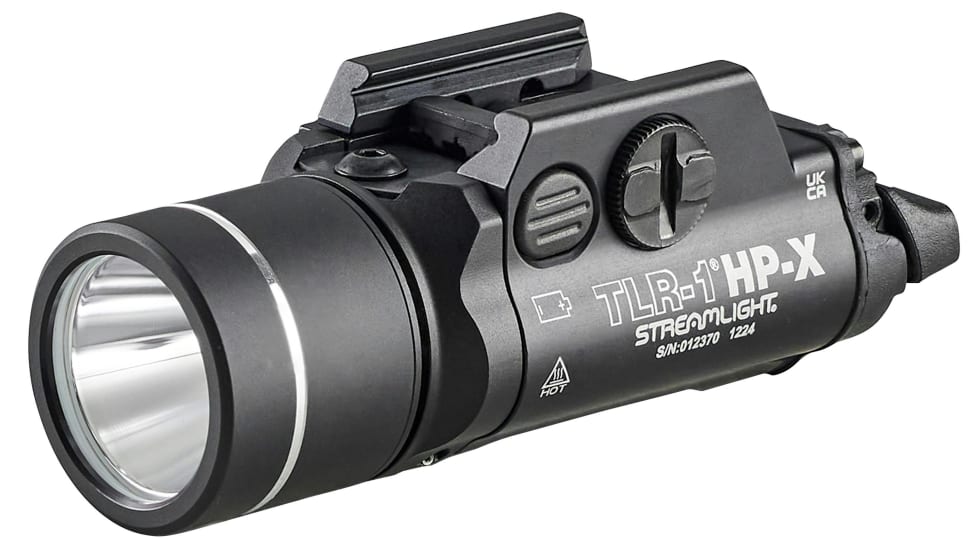Any high-quality hunting cartridge currently made by a major company will perform in most roles for cops. From beat rifles to SWAT team precision shooters, at the distance most shots are taken, even practice quality ammo would probably work in most cases.
This is true because at rifle velocities, bullet construction is not as critical to stopping power as it is at handgun velocities. Also, at rifle velocities, things like "temporary wound cavity" become a reality. And, that same velocity also gives us penetration, which, in an urban setting, can be a good thing. Or it can be a bad thing.
Over-penetration is a very real concern for police ammo. To meet that problem, a few companies have developed a frangible cartridge for police rifles. Hornady led the way in this market with its TAP (Tactical Application Police) round. A polymer tip crowns a bullet constructed specifically to blow apart at impact, with little or no over-penetration.
The applications for such a bullet are obvious. Think SWAT precision rifleman vs. hostage taker when innocents are clustered around. Think street cop taking on a gunman on a busy city street and you'll get the idea. The TAP round offers a dramatically enhanced performance level over any duty handgun, and, despite its frangible nature, the heavier bullet weights can still penetrate glass and other barriers to reach a bad guy.
Over-penetration is also addressed by Federal's TRU (Tactical Rifle Urban) round, which offers a wide range of performance for police rifles. The TRU 40-grain frangible design for the .223 is specifically designed for shooters who need a minimum penetration round that will deliver explosive expansion. Loaded with mil-spec low flash powders to minimize the disruption of night vision during low-light incidents, TRU ammo is built with thicker cases and crimped primers for ultra-reliable performance in semiauto rifles.










